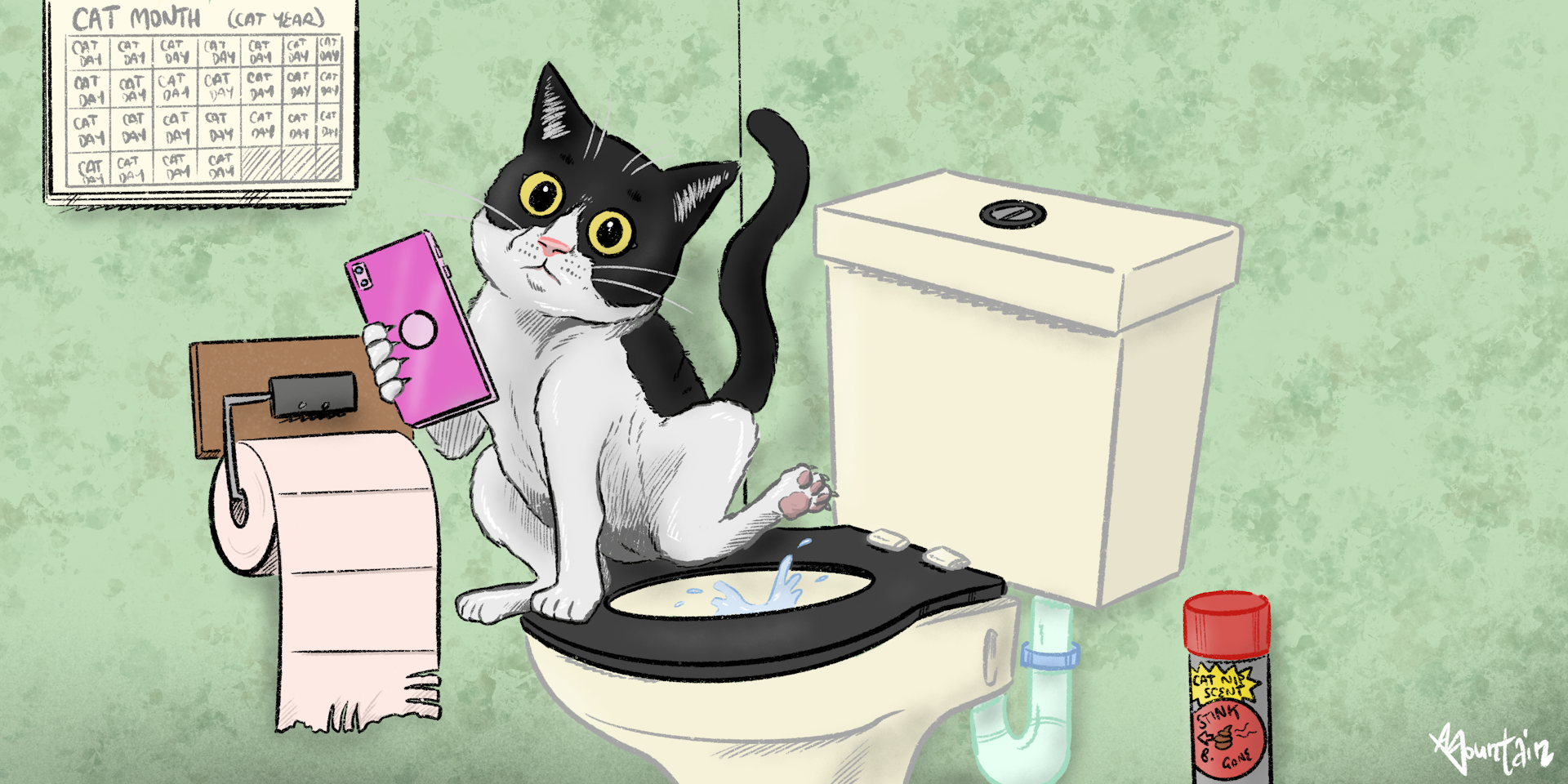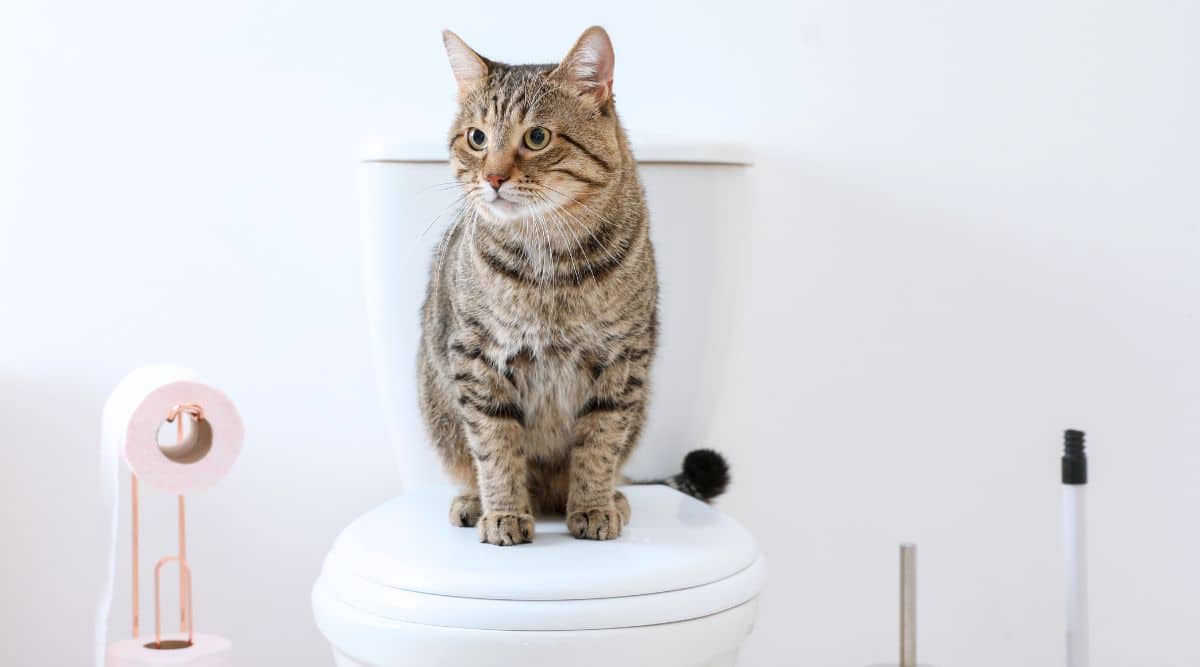Potential Risks of Flushing Cat Poop Down Your Toilet - Tips for Better Handling
Potential Risks of Flushing Cat Poop Down Your Toilet - Tips for Better Handling
Blog Article
Right here in the next paragraph you can locate lots of amazing information and facts around Can You Flush Cat Poo or Litter Down the Toilet?.

Intro
As cat owners, it's necessary to be mindful of how we take care of our feline good friends' waste. While it may seem convenient to flush pet cat poop down the bathroom, this practice can have destructive repercussions for both the setting and human health.
Environmental Impact
Purging feline poop introduces unsafe pathogens and bloodsuckers right into the supply of water, posturing a substantial danger to aquatic communities. These pollutants can negatively influence aquatic life and concession water high quality.
Health Risks
In addition to ecological worries, purging feline waste can additionally pose health and wellness dangers to people. Cat feces might include Toxoplasma gondii, a bloodsucker that can create toxoplasmosis-- a possibly serious disease, specifically for expectant females and people with damaged immune systems.
Alternatives to Flushing
The good news is, there are much safer and a lot more accountable means to take care of cat poop. Consider the adhering to alternatives:
1. Scoop and Dispose in Trash
One of the most common method of getting rid of feline poop is to scoop it right into a naturally degradable bag and throw it in the garbage. Make certain to utilize a devoted clutter scoop and dispose of the waste quickly.
2. Use Biodegradable Litter
Select naturally degradable cat trash made from products such as corn or wheat. These litters are eco-friendly and can be safely thrown away in the garbage.
3. Bury in the Yard
If you have a yard, consider burying feline waste in a marked location away from veggie yards and water resources. Make certain to dig deep enough to prevent contamination of groundwater.
4. Set Up a Pet Waste Disposal System
Purchase a pet waste disposal system particularly designed for pet cat waste. These systems make use of enzymes to break down the waste, minimizing smell and environmental effect.
Final thought
Accountable pet possession expands past offering food and shelter-- it likewise includes appropriate waste monitoring. By avoiding purging feline poop down the toilet and going with alternative disposal techniques, we can lessen our environmental footprint and shield human health and wellness.
Why Can’t I Flush Cat Poop?
It Spreads a Parasite
Cats are frequently infected with a parasite called toxoplasma gondii. The parasite causes an infection called toxoplasmosis. It is usually harmless to cats. The parasite only uses cat poop as a host for its eggs. Otherwise, the cat’s immune system usually keeps the infection at low enough levels to maintain its own health. But it does not stop the develop of eggs. These eggs are tiny and surprisingly tough. They may survive for a year before they begin to grow. But that’s the problem.
Our wastewater system is not designed to deal with toxoplasmosis eggs. Instead, most eggs will flush from your toilet into sewers and wastewater management plants. After the sewage is treated for many other harmful things in it, it is typically released into local rivers, lakes, or oceans. Here, the toxoplasmosis eggs can find new hosts, including starfish, crabs, otters, and many other wildlife. For many, this is a significant risk to their health. Toxoplasmosis can also end up infecting water sources that are important for agriculture, which means our deer, pigs, and sheep can get infected too.
Is There Risk to Humans?
There can be a risk to human life from flushing cat poop down the toilet. If you do so, the parasites from your cat’s poop can end up in shellfish, game animals, or livestock. If this meat is then served raw or undercooked, the people who eat it can get sick.
In fact, according to the CDC, 40 million people in the United States are infected with toxoplasma gondii. They get it from exposure to infected seafood, or from some kind of cat poop contamination, like drinking from a stream that is contaminated or touching anything that has come into contact with cat poop. That includes just cleaning a cat litter box.
Most people who get infected with these parasites will not develop any symptoms. However, for pregnant women or for those with compromised immune systems, the parasite can cause severe health problems.
How to Handle Cat Poop
The best way to handle cat poop is actually to clean the box more often. The eggs that the parasite sheds will not become active until one to five days after the cat poops. That means that if you clean daily, you’re much less likely to come into direct contact with infectious eggs.
That said, always dispose of cat poop in the garbage and not down the toilet. Wash your hands before and after you clean the litter box, and bring the bag of poop right outside to your garbage bins.
https://trenchlesssolutionsusa.com/why-cant-i-flush-cat-poop/

Hopefully you liked our topic about Don’t flush cat feces down the toilet. Many thanks for taking the time to read through our piece of content. Those who appreciated our blog posting kindly remember to share it. We value reading our article about How to Dispose of Cat Poop and Litter Without Plastic Bags.
Check It Out Report this page